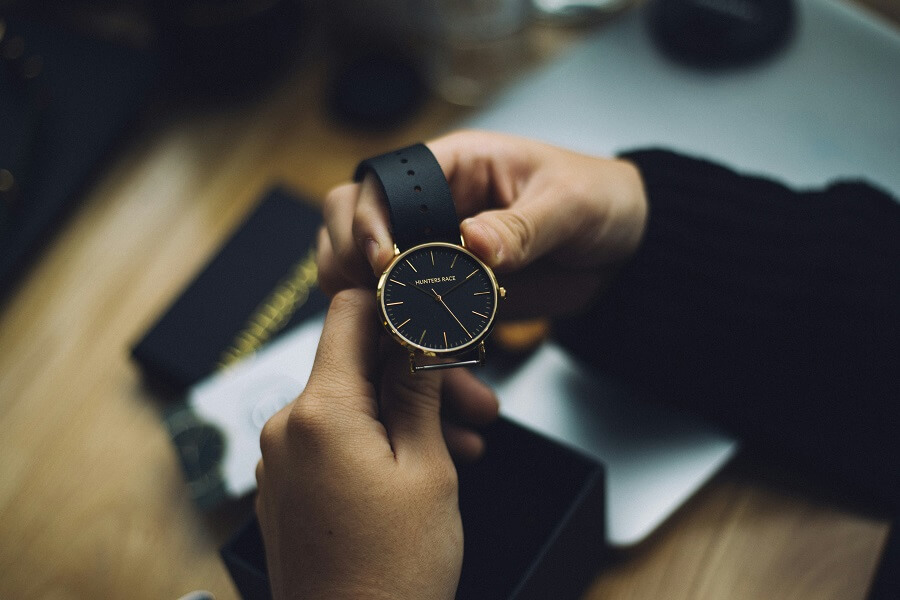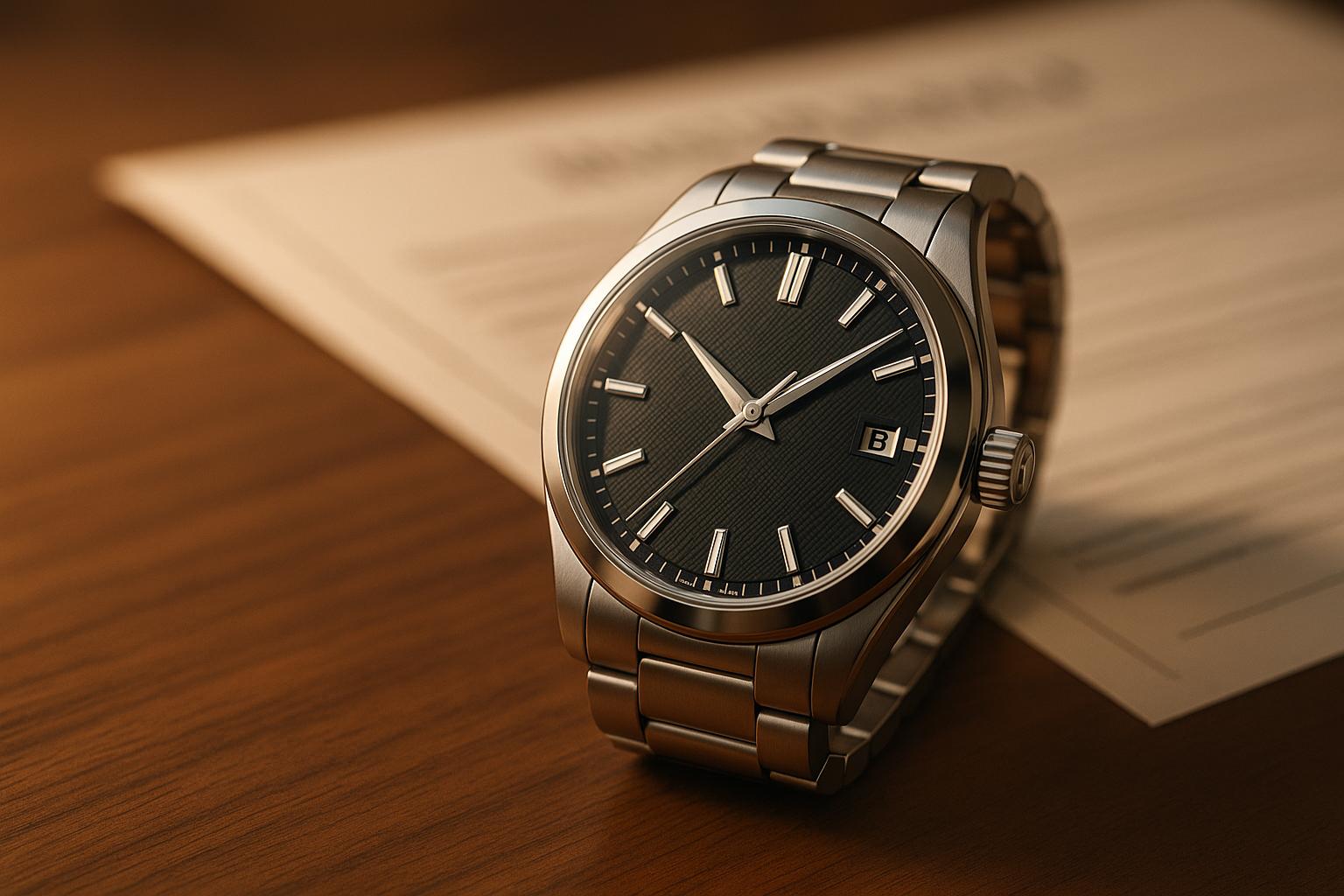Luxury watches are not just timekeeping devices; they are symbols of status, style, and craftsmanship. Whether it’s a classic Rolex, a sophisticated Omega, or an avant-garde Tag Heuer, your luxury watch is an investment worth protecting. But as with any high-end item, proper care and maintenance are crucial to ensure its longevity and preserve its value.
Luxury watches are meticulously crafted pieces of art, comprising intricate mechanisms and using high-quality materials such as sapphire crystal, stainless steel, and precious metals like gold and platinum. Their allure lies in the fusion of aesthetics and precision engineering.
Table of Contents
Rolex Lifespan: A Legacy of Durability
Rolex watches are renowned for their exceptional durability and longevity. Founded in 1905, Rolex has established itself as a symbol of precision and reliability in the world of horology. With proper maintenance, a Rolex watch can last for several generations, becoming a cherished heirloom passed down from one family member to the next.
One of the key factors contributing to the longevity of Rolex watches is the brand’s meticulous attention to detail during the manufacturing process. From the selection of high-quality materials to the rigorous testing procedures, Rolex ensures that each timepiece meets the highest standards of craftsmanship and performance.
Omega Lifespan: Timeless Precision
Omega is another esteemed Swiss watchmaker known for its precision engineering and innovative design. Founded in 1848, Omega has a rich heritage of creating some of the world’s most iconic timepieces, including the Speedmaster and Seamaster models.
Like Rolex, Omega watches are built to last, with a reputation for reliability and accuracy that spans generations.
To extend the Lifespan of Luxury Watches, follow these maintenance tips:
Tips for Increasing Lifespan of Your Watch

1. Regular Cleaning:
Daily wear can expose your watch to dirt, sweat, and oils from your skin, potentially tarnishing its appearance and functionality. To maintain its pristine condition, gently wipe your watch with a soft, lint-free cloth after each use. For deeper cleaning, use a mild soap solution and a soft brush to remove stubborn grime, taking care to avoid the crown and any openings where water could penetrate.
2. Avoidance of Extreme Conditions:
Luxury watches are meticulously crafted, but they are not invincible. Avoid subjecting your timepiece to extreme conditions such as sudden impacts, intense vibrations, or exposure to chemicals like perfumes, detergents, or solvents, which can damage its delicate components and aesthetic appeal.
3. Avoid Magnets:
Keep your watch away from magnets, as they can affect the movement and accuracy of the timepiece. Magnetic fields can disrupt the delicate inner workings of a mechanical watch.
4. Avoid Water Exposure:
Unless your watch is specifically designed for water sports or diving, avoid exposing it to water. Even water-resistant watches can be damaged by prolonged exposure to moisture. If your watch does get wet, dry it thoroughly as soon as possible.
5. Strap and Bracelet Care:
The strap or bracelet of your luxury watch is not just a functional component but also a style statement. Depending on the material—whether leather, metal, or rubber—each requires specific care to prolong its lifespan. Leather straps should be protected from moisture and cleaned with a damp cloth and leather conditioner, while metal bracelets can be polished with a microfiber cloth to maintain their luster.
6. Regular Servicing:
Just like any high-precision instrument, luxury watches require periodic maintenance to ensure optimal performance. It’s recommended to adhere to the manufacturer’s servicing schedule, typically every three to five years, depending on the brand and model. During servicing, trained professionals disassemble the watch, clean each component, lubricate moving parts, and make necessary adjustments, ensuring its accuracy and longevity.
7. Protective Storage:
Proper storage is crucial in safeguarding your luxury watch from environmental factors such as dust, moisture, and fluctuations in temperature and humidity. When not in use, store your watch in its original box or a dedicated watch case with soft, non-abrasive interior lining. Avoid placing it near magnetic fields or direct sunlight, as these can adversely affect its movement and materials.
FAQs
How often should I service my luxury watch?
It’s recommended to service your watch every 3-5 years, depending on usage and manufacturer recommendations.
Can I clean my watch at home?
While gentle cleaning at home is acceptable, it’s best to leave thorough cleaning and maintenance to professionals.
What should I do if my watch stops working suddenly?
If your watch stops unexpectedly, avoid trying to fix it yourself. Take it to a certified watchmaker for assessment and repairs.
Is it necessary to wind my automatic watch regularly?
Yes, regular winding ensures the proper functioning of your automatic watch and prevents it from stopping due to lack of movement.
How can I protect my watch from scratches?
Investing in a quality watch case or protective coatings can help prevent scratches and preserve the aesthetics of your watch.
Conclusion
In essence, caring for a luxury watch is a blend of art and science, requiring meticulous attention to detail and a commitment to preserving its inherent beauty and precision. By following these strategies, you can ensure that your timepiece not only stands the test of time but also continues to embody the essence of luxury for generations to come. After all, in the world of horology, true luxury knows no bounds—it transcends generations, becoming a timeless legacy of craftsmanship and sophistication.


